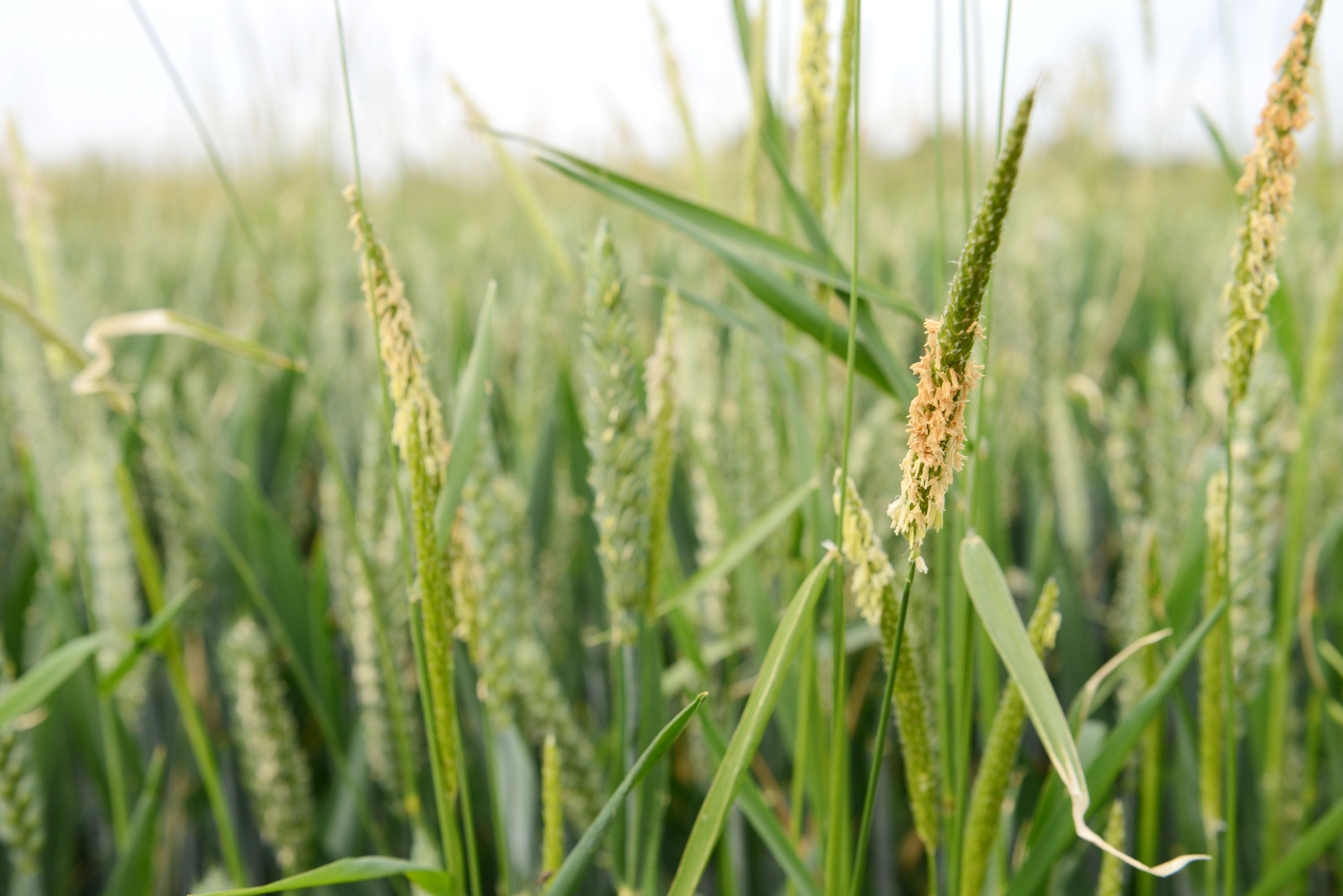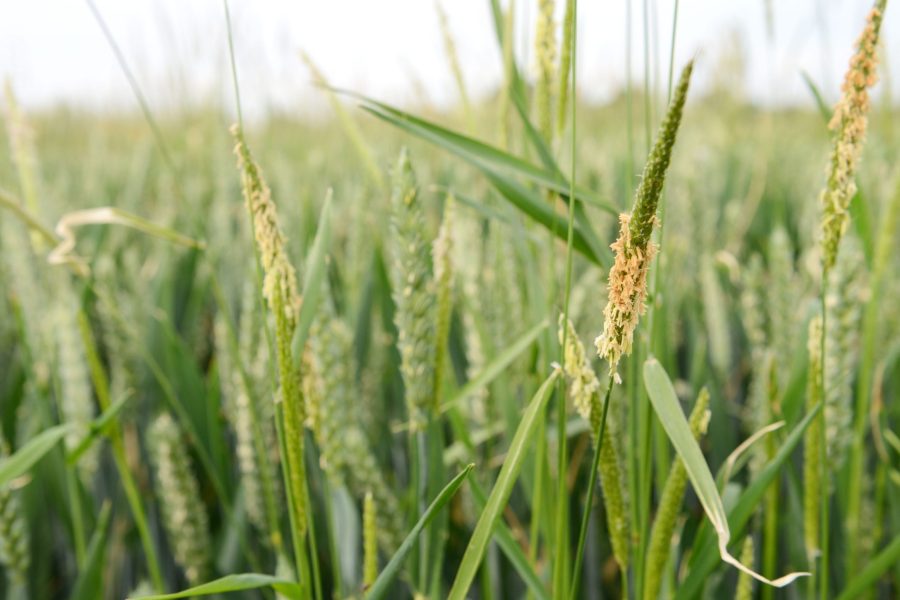 Cereal growers are being urged to spray off patches infested with blackgrass now, before more plants set viable seed, according to the latest advice from Syngenta. Charlotte Cunningham reports.
Cereal growers are being urged to spray off patches infested with blackgrass now, before more plants set viable seed, according to the latest advice from Syngenta. Charlotte Cunningham reports.
The stress of hot dry weather has brought forward blackgrass seed maturity, with viability set to accelerate over the next few weeks.
Viability testing of blackgrass seed heads from the Syngenta Barton Blackgrass Innovation Centre, near Cambs, has shown up to 23% of seed is already viable in some heads, with an overall average of 7%. Some heads, however, have yet to show any viable seeds.
Patches of heavy blackgrass infestation mapped for burning out with glyphosate need to be targeted quickly, according to ADAS grassweed specialist, Dr Sarah Cook. “Continued hot dry weather means we expect to see the results from viability testing accelerating. With the range of viability we’ve seen, growers can still have a beneficial effect, but don’t leave it too late.”
She believes that viability testing of the Barton blackgrass population gives a good indication of the situation across the eastern counties.
The early timing of blackgrass seed viability this season is also expected to have an impact on subsequent seed dormancy, warns Syngenta technical manager, Georgina Wood. “While weather conditions around Wimbledon Week are typically considered to define rates of blackgrass seed dormancy, it could be set two to three weeks earlier this year.
“With the forecast settled for continued hot and dry weather for the foreseeable future, the early indications are for relatively low dormancy year – with the implications that has for cultivation, establishment and herbicide options.”
Syngenta grass weed experts will continue to monitor and report blackgrass seed viability with ADAS over the coming weeks, followed by dormancy testing of seed to give growers an in-season update of the challenges they are facing this autumn, she adds.
“Previous years of integrated weed management trials at the Barton Blackgrass Innovation Centre have given a clear picture of what techniques can help growers manage difficult weed populations.
“In-season testing of seed dormancy enables growers to take appropriate action to better target black-grass in the autumn and help enhance long term sustainable population management.”
Burn out action
According to Georgina, where blackgrass weeds are currently stressed and heading into senescence, growers need to focus on glyphosate application techniques to aid rapid herbicide uptake for more successful burn-out results.
“Pay attention to application rates, water volume, use of adjuvants and nozzle choice to hit weeds as effectively as possible. But above all, the key is timing to minimise the risk of viable seed set.”




